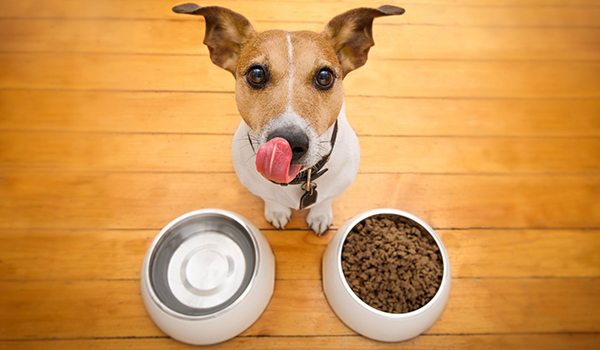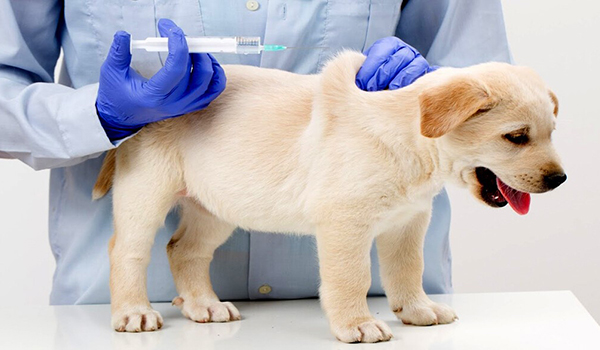It’s a common sight for dog owners: your furry friend suddenly starts to tremble. While a shaking dog can instantly trigger worry, it’s important to know that the causes range from completely normal to those requiring immediate veterinary attention. Understanding the context is key to figuring out what your pup is trying to tell you.
Let’s explore the common reasons behind why your dog might be shaking.

1. Behavioral Reasons (The Most Common Causes)
Often, shaking is an emotional response.
- Excitement: Many dogs tremble with joy when you come home, before a walk, or when they see you preparing their food. This is usually harmless and accompanied by a wagging tail, playful bows, and happy vocalizations.
- Fear, Anxiety, or Stress: This is a very frequent cause. Loud noises like thunderstorms or fireworks, a visit to the vet, or encountering new and intimidating situations can trigger a stress response. You might also see your dog panting, whining, or trying to hide.
- Seeking Attention: Some clever dogs learn that shaking gets a reaction from their owners—be it petting, comforting words, or treats. If the shaking stops when you engage with them and there are no other symptoms, it might be a learned behavior.
2. Physical Reasons (It’s Cold or They’re Tired)
Sometimes, the explanation is purely physical.
- Being Cold: Just like humans, dogs shiver to generate heat. This is especially common in small breeds, short-haired dogs, or puppies. A simple solution is a dog sweater or sweater or a warm, cozy spot indoors.
- Dreaming: It’s perfectly normal to see your dog’s legs, face, or even their whole body twitch and shake while they’re asleep. They are likely in the deep REM (Rapid Eye Movement) stage of sleep, dreaming about chasing squirrels.
3. Medical Reasons (When to Be Concerned)
This is where shaking becomes a potential red flag. If the shaking is persistent, severe, or accompanied by other symptoms, it’s time to call your vet.
- Pain or Discomfort: Shaking can be a sign that your dog is in pain. This could be from an injury, arthritis, an upset stomach, or something more serious. Look for other clues like limping, reluctance to move, whimpering, or changes in appetite.
- Generalized Tremor Syndrome (GTS): Also known as “White Shaker Dog Syndrome,” this condition causes full-body tremors for no clear reason. It most commonly affects small, white breeds like Maltese and West Highland White Terriers, but any dog can be affected. It is treatable with medication from your veterinarian.
- Ear Infections: An infection in the inner ear can affect your dog’s balance and lead to head shaking or tilting, along with full-body shivering. You might also notice scratching at the ear or a foul odor.
- Poisoning/Toxicity: If your dog ingests something toxic—like chocolate, xylitol (a sweetener in sugar-free gum), or certain plants—shaking or seizures can be a symptom. This is a medical emergency. Other signs include vomiting, diarrhea, and lethargy.
- Distemper: This is a serious viral disease, most common in puppies and adolescent dogs who haven’t been fully vaccinated. Tremors and shaking are a classic sign, often accompanied by fever, coughing, and discharge from the eyes and nose.
- Seizures: Unlike simple shaking, a seizure is a neurological event. It often involves loss of consciousness, stiffening of the body, chomping jaws, and drooling. The shaking is typically more violent and rhythmic. After a seizure, dogs often appear disoriented. This requires immediate veterinary care.
- Nausea: Dogs who are nauseous or about to vomit will often shake. This can happen due to motion sickness, medication side effects, or an underlying illness.
What Should I Do If My Dog Is Shaking?
- Stay Calm and Assess the Situation. Look at the context. Are there fireworks outside? Is it freezing on your walk? Did they just wake up from a nap?
- Check for Other Symptoms. This is the most critical step. Is your dog also vomiting, lethargic, limping, or acting confused?
- Comfort Them if It’s Behavioral. If you suspect fear or anxiety, speak to them in a calm, reassuring voice and offer a safe space like a crate or a quiet room.
- When in Doubt, Call Your Vet. You know your dog best. If the shaking is unusual, severe, doesn’t stop, or is paired with any other concerning signs, always err on the side of caution and contact your veterinarian. Describe exactly what you see—when it started, how long it’s been going on, and any other symptoms.
The Bottom Line
While a little shiver of excitement is nothing to worry about, persistent or violent shaking is a sign that something is wrong. By being a observant pet parent and understanding the potential causes, you can ensure you get your beloved companion the help they need, when they need it.




